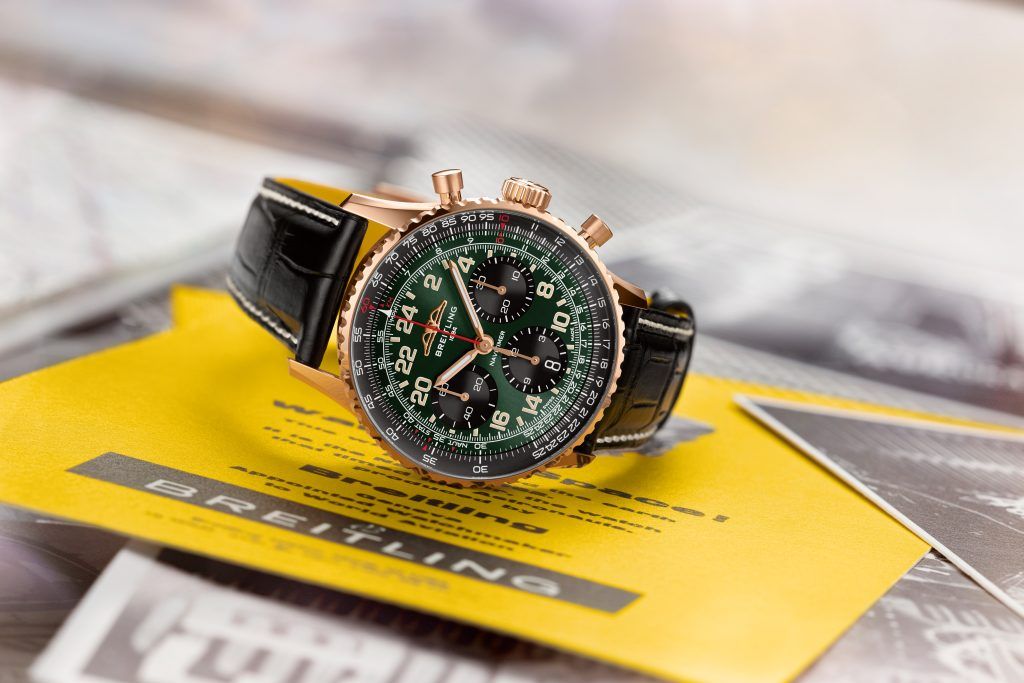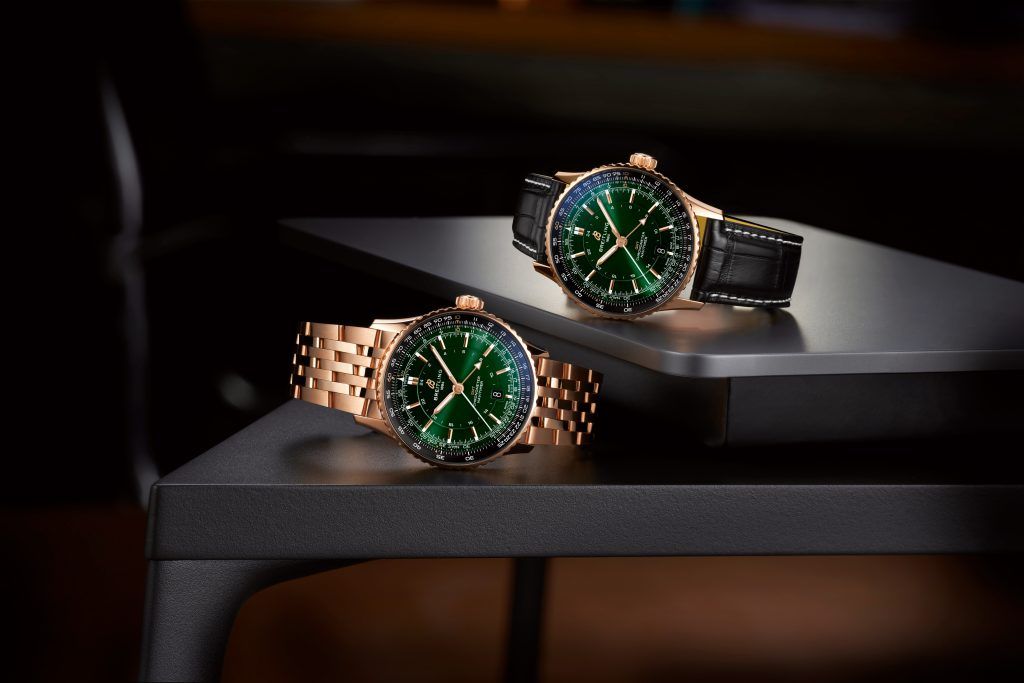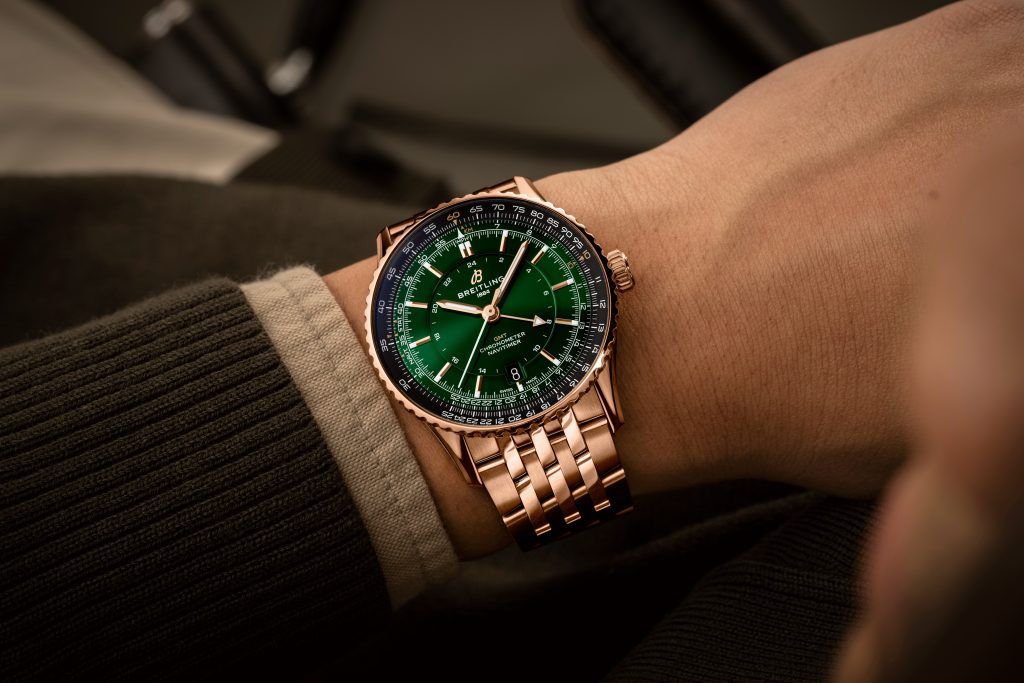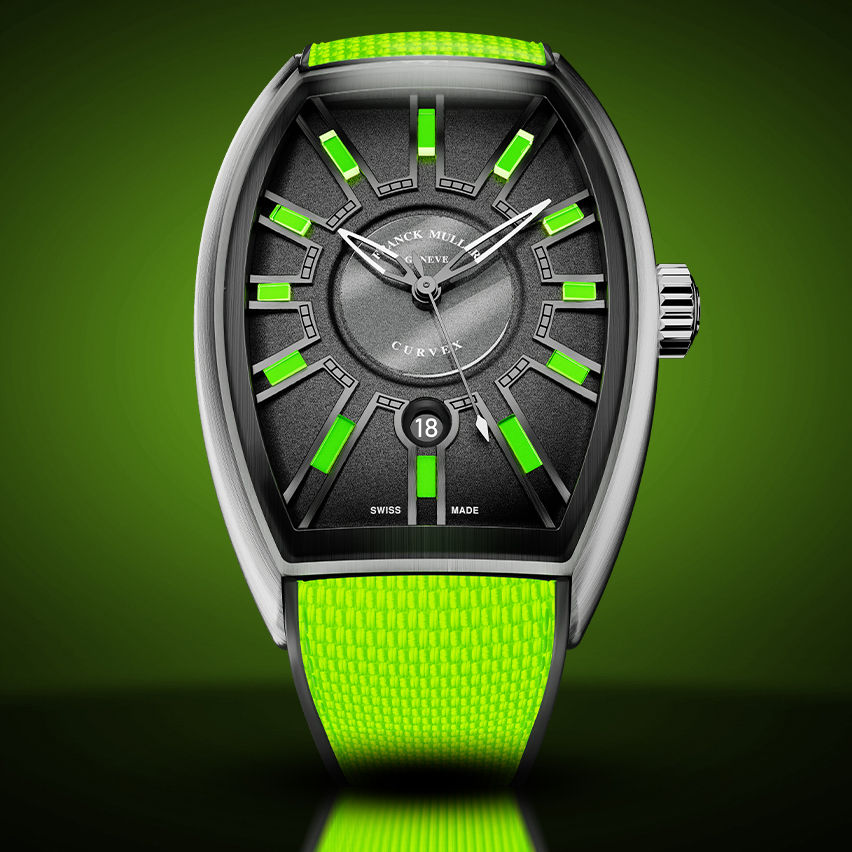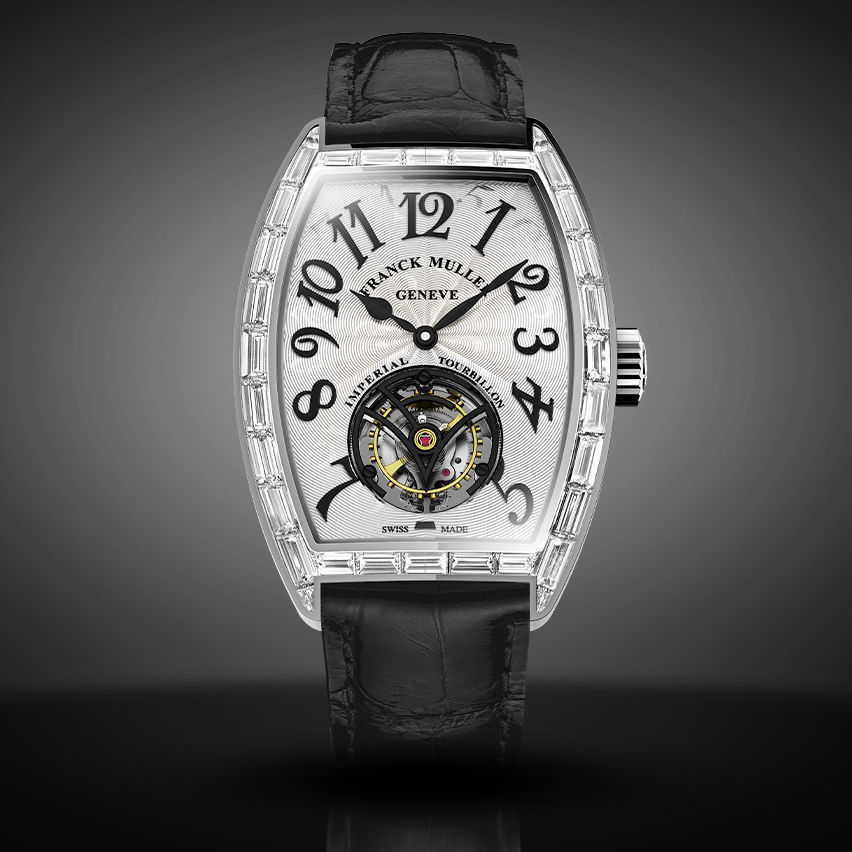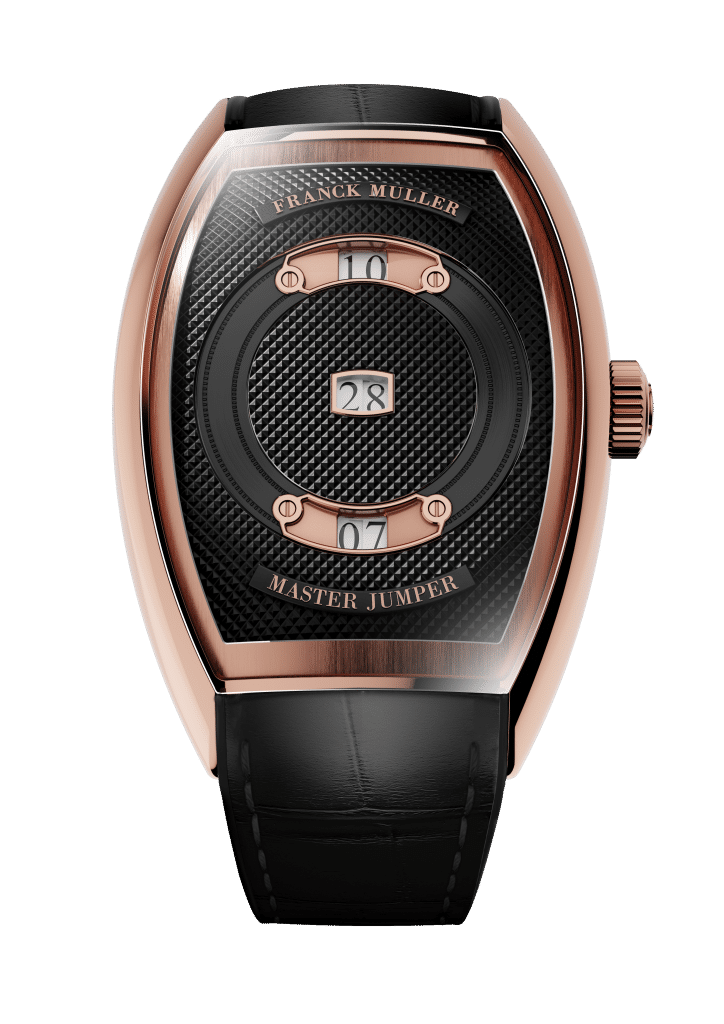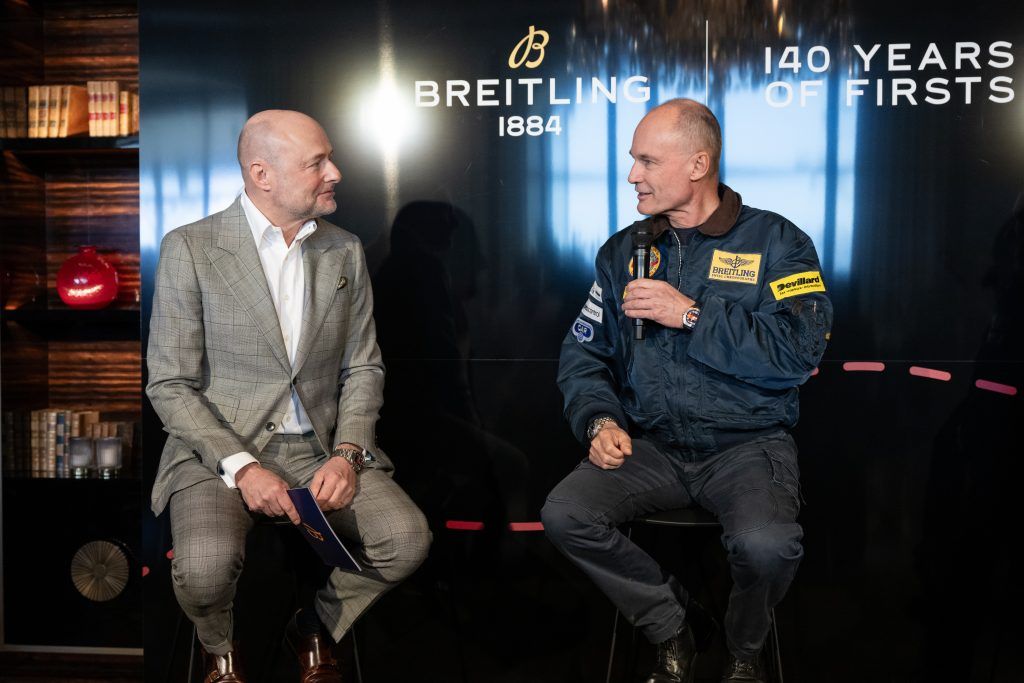In the world of luxury timepieces, Watches and Wonders, a trade show of the international watch and jewellery industry organised by the Watches and Wonders Geneva Foundation, has become the single most definitive, with more than 50 of the world’s top brands.
At the week-long event, held from April 9 to 15, 2024, hundreds of novelties were unveiled, including historic grand complications, gemstone-encrusted showstoppers, elegant time-only pieces, and renditions of classics like Rolex’s Perpetual Deepsea.
Trends set to define the 2024 time-piece industry
The prestigious 2024 Watches and Wonders event showcased not only the traditional craftsmanship of watchmaking but also the evolution of the industry. As the event unveiled its treasures, it also unveiled the direction in which horology is headed, offering insights into the biggest trends that will shape the industry in the years to come.
Gaurav Mehta, Founder of Jaipur Watch Company, encapsulates the post-event sentiments, noting, “Following Watches and Wonders 2024, the industry seems poised for an exciting year of innovation and refined design. The key takeaway is the commitment to sustainability and technological sophistication, with many brands emphasising eco-friendly materials and advanced mechanical features.”
Honing in on the significance of sustainability and technological sophistication, Georges Kern, CEO of Breitling, said “Sustainability is a big topic now in the watch industry. At Breitling, we have strengthened our commitment to creating beautiful products and experiences with better materials, better manufacturing, and better packaging.” This commitment was reflected in Breitling’s launch of the Origins watch, which featured small-scale and artisanal gold alongside lab-grown diamonds, marking a pioneering move for the industry.

The esteemed event highlighted two major trends dominating the timepiece industry, the first of which is the continued integration of complications into traditional timepieces, emphasising heritage and craftsmanship, as well as the increase in customisation options. Georges Kern stresses the resurgence of interest in analogue watches, sharing that this growth is driven by the desire for tangible, emotional products with a rich history. Similarly, Sanjay Mishra, Director of Franck Muller, FM International Watches & Jewellery Pvt Ltd., adds “In a fast-paced world, consumers seek authenticity and heritage in their purchases. Watchmakers are showcasing their rich traditions and artisanal craftsmanship to create timeless pieces with a story to tell.”
The resurgence of retro mechanisms is clear, with brands reimagining classic designs with a modern twist. “Brands are offering customisation options that allow customers to create unique timepieces tailored to their individual style preferences, thus enhancing the emotional connection between the consumer and the brand,” highlighted Mishra. Additionally, Kern noted a preferences for smaller case sizes, especially among men, driven by factors like the Asian market’s preference towards smaller diameters.
In line with the increased desire for smaller, slimmer watches, brands like Hublot have presented the Classic Fusion Original in gold and titanium, which comes with a smaller case size and quartz movement, while Hermès introduced their Cut collection, featuring a round shape that plays with the vocabulary of geometry and clean-cut edges that accentuates its character. Tag Heuer reissued their iconic models, Monaco and Carrera, with classic Panda dials to appeal to the modern audience.
In addition to smaller watches, another movement that was evident at Watches & Wonders 2024 was the shift towards creating more gender-neutral timepieces, with Kern stating, “the lines between men’s and women’s watches are becoming less defined.”
This year, the novelties presented also showcased the creative freedom which has been embraced by watchmakers, defining the shift in the watch industry towards recognising and celebrating horological artistry that are present within women’s collections. Gaurav Mehta notes that the trend towards unisex models will likely continue, appealing to the market that values both style and simplicity. This is made evident by brands like Cartier, who have joined the growing ranks of watches dispensing with gendered categories altogether.

The resurgence of the Art Deco aesthetic was also seen, with brands embracing intricate designs and elegant geometric patterns. An example of which is made by Chopard’s Alpina’s integrated bracelet sports watch, the Alpine Extreme, which received a unisex update with new 35mm models in pink, beige, and navy blue.
There is a growing trend among watch brands to create timepieces that are not only functional but also artistically appealing, with colour emerging as a dominated theme. Mehta agrees, stating that the introduction of various hues, from subtle colours to bold, vibrant shades, has transformed the face of watches, providing them with increased personality and a modern flair. This transformation is showcased through the use of exotic stones and coloured dials that have become increasingly popular within the industry.
Brands like Breitling have always emphasised the importance of colour in their watches, offering models in unique shades of mint green, ice blue, and sand. This year, they reintroduced a yellow gold colour-way with their Chronomat 36 Victoria Beckham collection. Rolex’s classic Day-Date 36 collection serves as yet another example, featuring colourful versions in carnelian, turquoise, and green aventurine. NOMOS Glashütte carries the trend even further with a limited-edition collection of Tangente 38 date watches, offering 31 new variants in different colour combinations to celebrate their 175th anniversary.
Smartwatches vs. Luxury Watchmaking
The increasing popularity of smartwatches in recent years has posed a significant challenge to traditional watchmakers, nevertheless, industry experts maintain their stand on the enduring appeal of luxury timepieces, highlighting the artistry, heritage, and emotional significance associated with these creations.
Gaurav Mehta noted that while smartwatches continue to dominate the lower price segments, they largely remain separate from the luxury market.
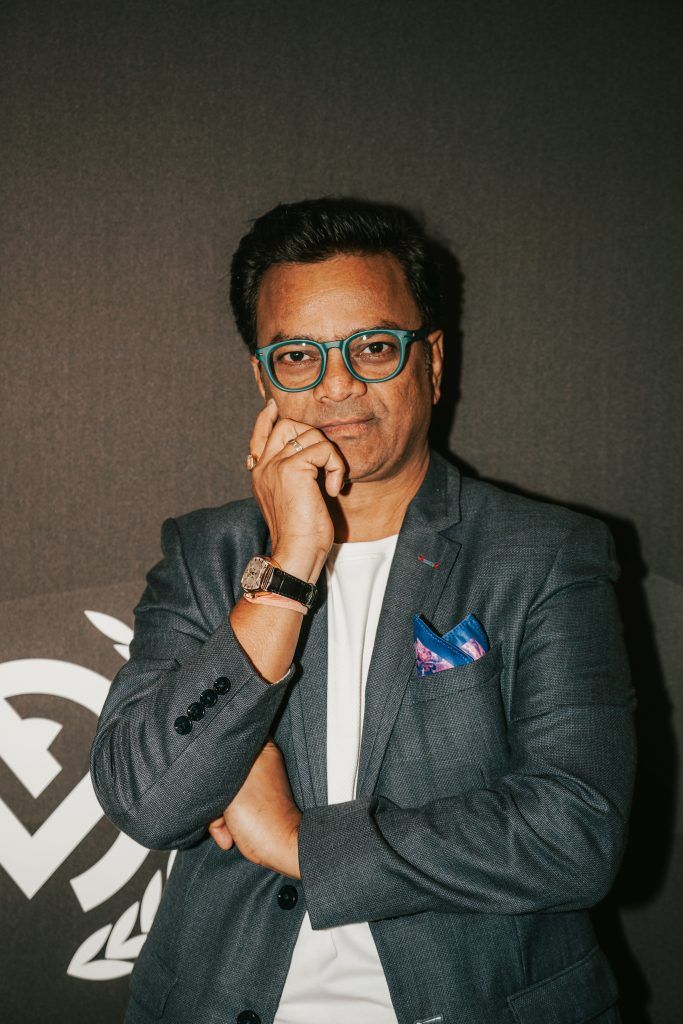
Mishra further shares, “The life cycle of a smartwatch is very short, as it is considered a gadget. Traditional watchmakers are now focusing on creating unique and innovative designs by emphasising the artistry and heritage behind their timepieces. This sets them apart from smartwatches. Luxury timepieces are not just viewed as gadgets, but as investments and heirlooms that embody timeless elegance and craftsmanship.” Mishra also mentioned that to appeal to a younger, more fashion-forward audience, some watchmakers are collaborating with designers and artists to create limited-edition collections.
Looking ahead
In response to the latest releases and announcements at Watches and Wonders 2024, consumer preferences and buying behaviours have notably transformed. According to Kern, in an interview with BurdaLuxury, there is a significant shift in the industry’s focus towards women’s watches and there is a growing interest in luxury goods among younger demographics, stating, “The new generation is becoming the leading consumers of luxury products. It’s natural to see more younger people taking an interest in the luxury watch industry and purchasing timepieces.”
Kern remains optimistic about the resilience of the luxury and watch industries despite the prevailing challenges that may be posed by the macro-economic and geopolitical climate. He has identified several emerging trends that present opportunities for growth and success. The trend of premium-isation, characterised by larger brands gaining market share, underscores a sustained demand for high-end luxury goods.
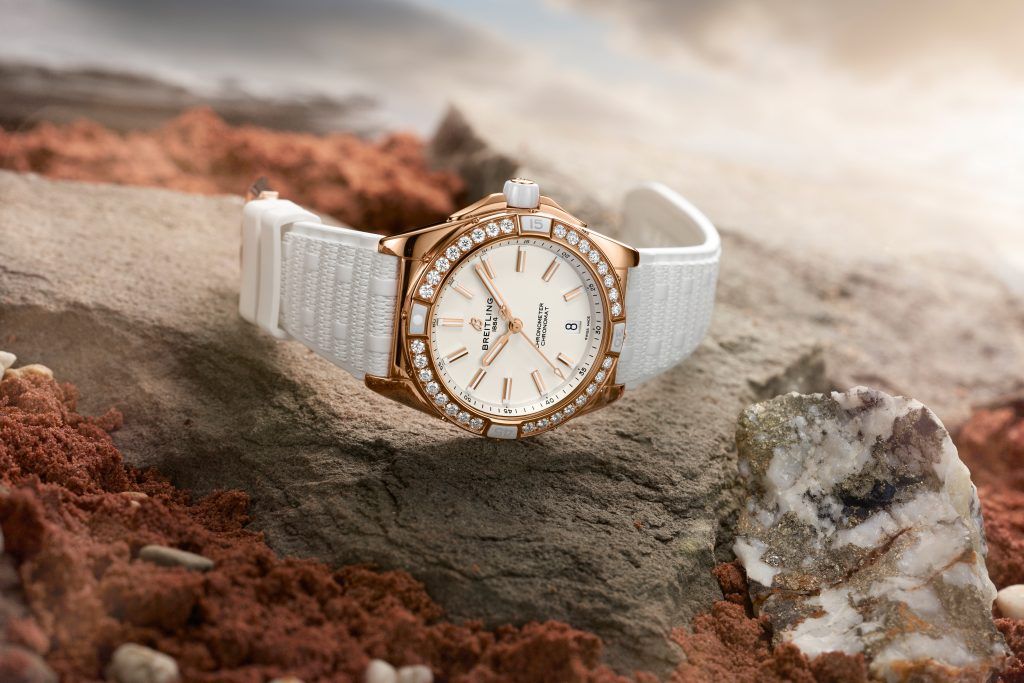
Furthermore, burgeoning markets in India, China, and Indonesia offer considerable potential for expansion, alongside untapped opportunities in established regions like the US and Europe. Kern offers insight into Breitling’s forthcoming endeavours, sharing the release of the special 140th Anniversary editions and the unveiling of a pop-up museum coinciding with Geneva Watch Days.
As consumer preferences change, watchmakers adapt by creating timeless timepieces that embody luxury craftsmanship.


